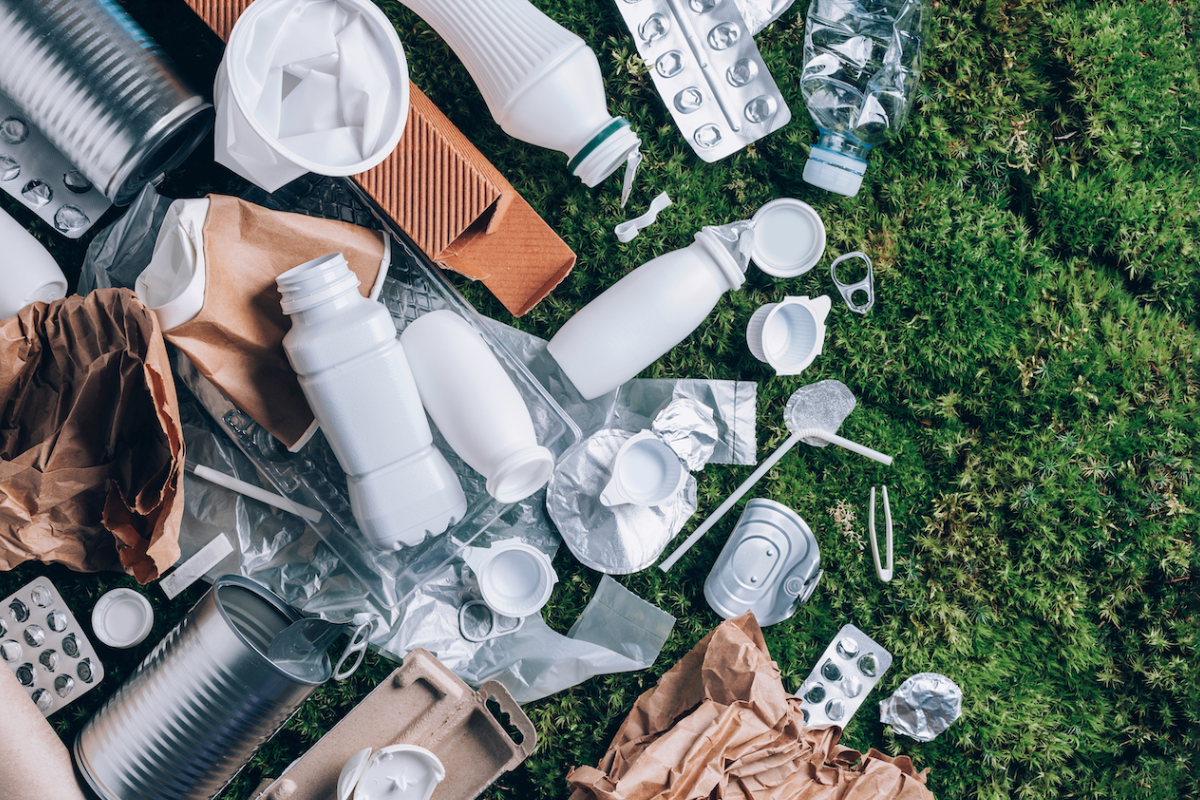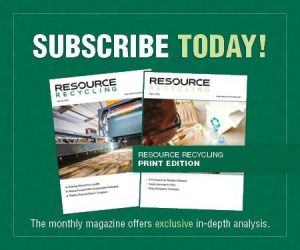
Researchers found that molded fiber food service packaging showed the highest levels of food residue among the items studied. | J.chizhe/Shutterstock
In a follow-up to previous research, the Foodservice Packaging Institute performed an audit of food residue on residential recyclables, finding little difference between food service and food contact items.
The Foodservice Packaging Institute (FPI), a trade association for the food service packaging industry in North America, has been tracking food residue for some time now, having conducted inquiries into the issue in 2013 and 2014.
The latest FPI study took place in 2022 and investigated whether levels of food residue on food service packaging differed from those found on the food contact packaging that is more traditionally included in recycling programs.
All three studies found the residue levels were roughly the same, with one exception noted in the case of molded fiber items.
The 2022 study defined food service packaging as material used by businesses such as restaurants and fast food chains to package ready-to-eat foods. Examples include pizza boxes, paper cups, plastic cups, clamshells and aluminum trays. Food contact packaging is material more commonly found in grocery stores, such as peanut butter jars, cans or pasta boxes.
Methods and results
The audit was carried out over two days by Resource Recycling Systems (RRS) at a MRF in Michigan. Thirteen samples of residential recyclables, averaging 200 pounds each, were sorted and rated on a scale of 1 to 5 according to the level of visible food residue.
The results were that the majority of both food contact and food service items were rated at level 1, meaning they were clean with no food residue, or level 2, meaning clean with some crumbs or staining from oils.
By item type, paperboard and plastic containers for both categories had extremely low rates of significant residue, with 0% of paper items rated at 4 or 5 and 2% of plastic items reaching those rating levels. Peanut butter jars, plastic salad clamshells, ice cream cartons and pizza boxes had the most food residue.
The two categories for which more than 10% of the items had a level 4 or 5 were corrugated food service packaging at 17% and molded fiber food service packaging at 23%. All of the other categories showed 7% or fewer items with significant residue.
Molded fiber exhibited the greatest difference in food residue between food contact and food service packaging, with residue observed much more frequently in the food service items.
“This is both due to some common foodservice molded fiber applications being prone to residue, as well as the most common food contact application (e.g., egg cartons) being exceptionally clean,” the study noted. “Molded Fiber foodservice packages rated a 1 or 2 were typically a drink cup holder, and those rated a 3 or 4 were typically a clamshell or a plate with food residue.”
FPI President Natha Dempsey said, “The audits help to provide additional information on what little difference there is between food contact and foodservice packaging items in the ability to process materials for recycling.”
More stories about contamination
- Community Spotlight: Atlanta’s recycling still improving
- Effective resident education requires careful messaging
- Tech to spot hidden batteries draws $6.4M investment



